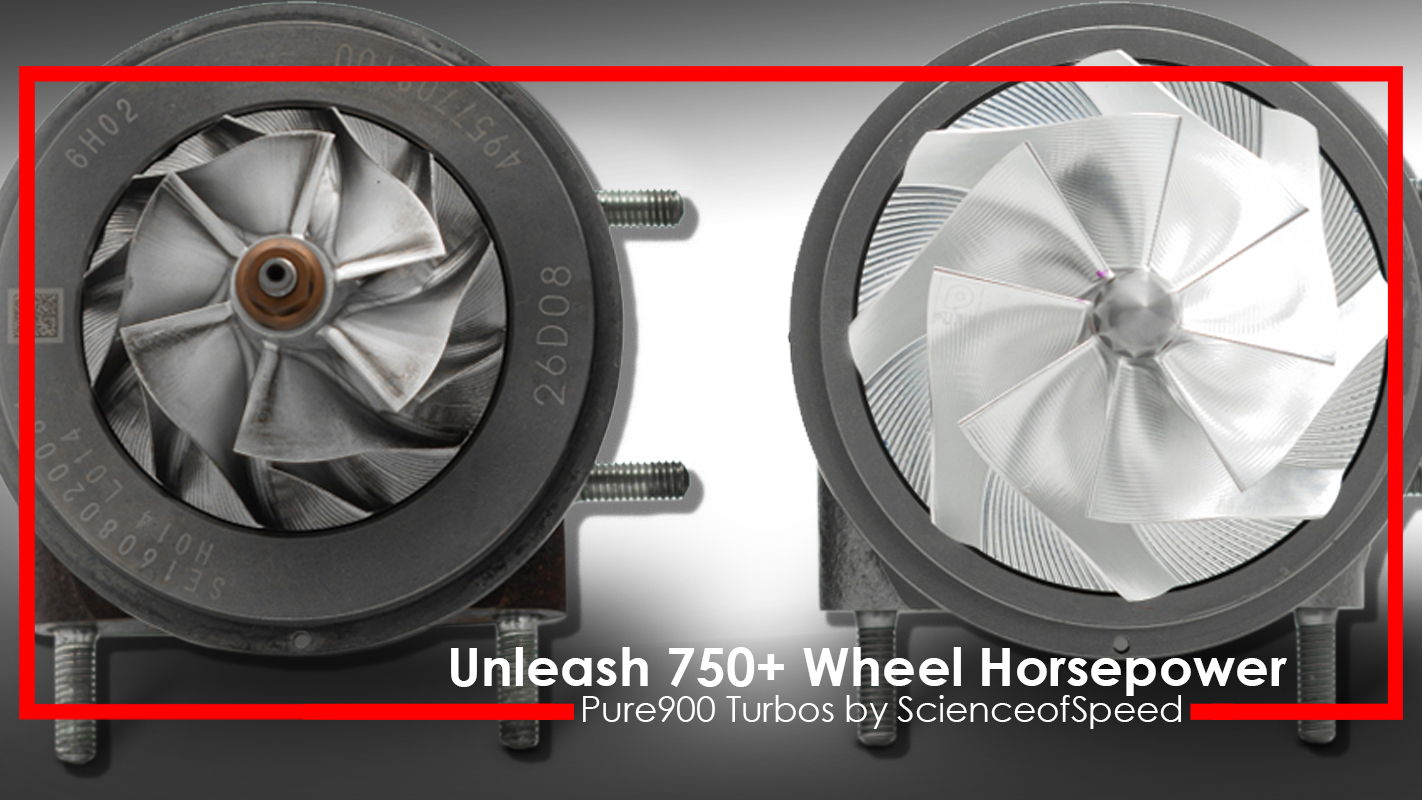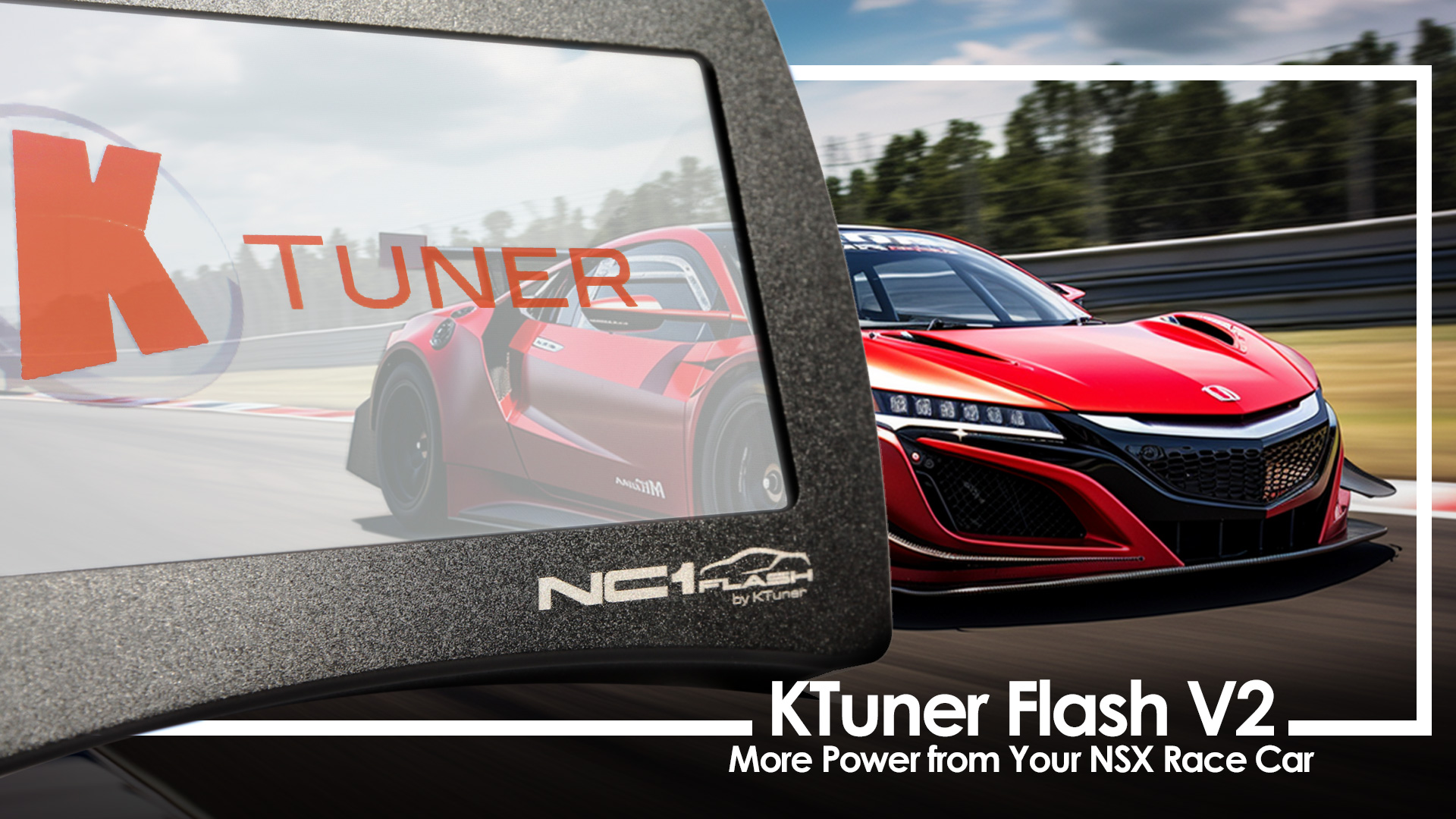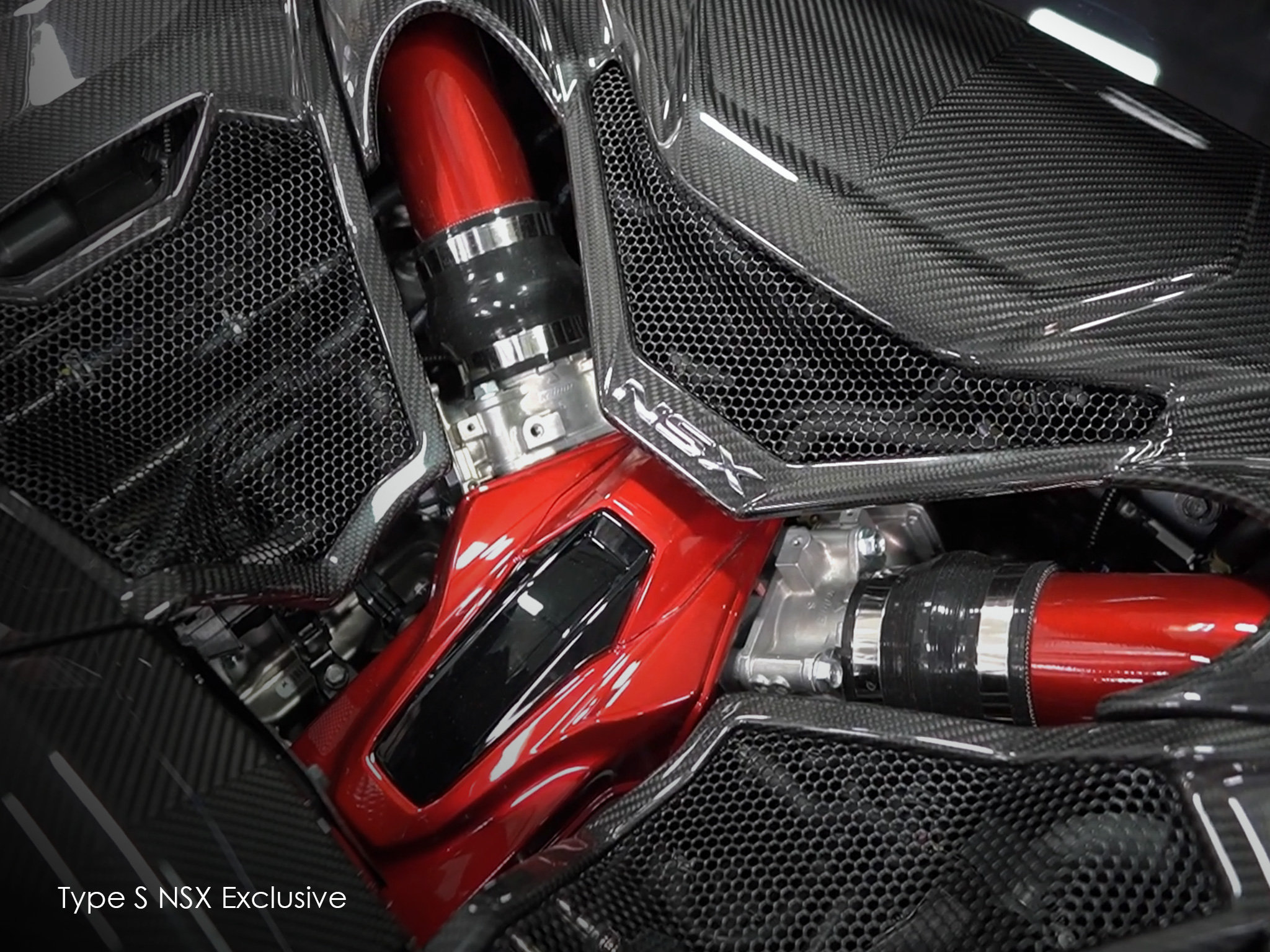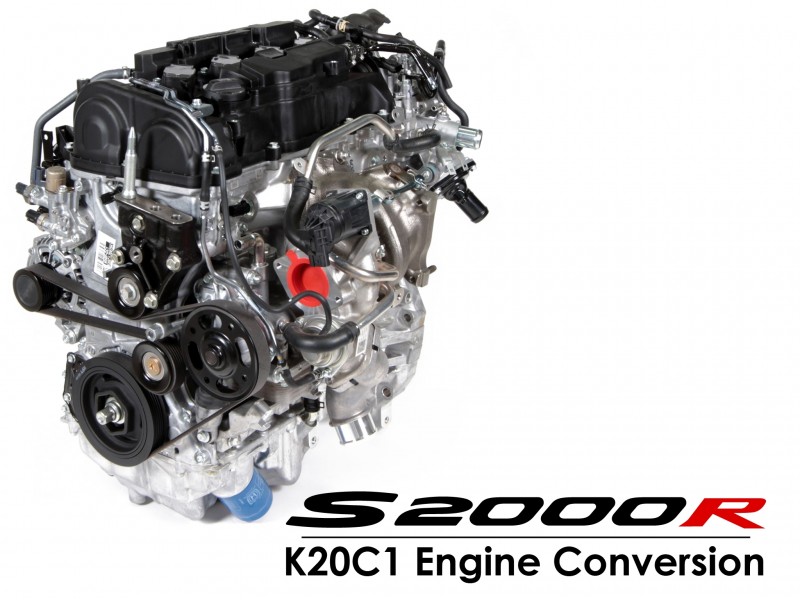ScienceofSpeed adds Liquid Injection to Second Gen NSX

ScienceofSpeed adds Liquid Injection to Second Gen NSX
May 31, 2019ScienceofSpeed adds Liquid Injection to Second Gen NSX: As with any turbocharged engine, the performance from the 3.5L twin-turbocharged Second Generation NSX degrades after repeated acceleration cycles. With multiple acceleration runs on our Superflow chassis dyno it's normal to see the intake temperature sensor in the intake manifold increase by 40-50 degrees over ambient temperature.

As the intercoolers and manifold heat up from charge temperature and radiant heat from the engine - we've observed engine performance decrease by 30-40 horsepower after six to eight back-to-back acceleration runs on NSX engines at factory boost levels. Increase boost pressure and increased charge temperatures result in 40-50 horsepower loss in only three acceleration runs.

The dyno cell at ScienceofSpeed has three high-pressure blowers in addition to the cell's high volume fan. While this is a lot of air movement around the car, it doesn't simulate the same amount of airflow at speed in free air. Despite the increased airflow, similar elevated inlet temperature and loss in performance have been measured on the street and track.
ScienceofSpeed began experimenting with liquid injection to supplement the factory air to air intercoolers. Using liquid injection, we were able to maintain the same engine performance after up to eight back-to-back acceleration runs within 2-3 horsepower. Inlet temperatures decreased to near ambient temperature even under load.

With the addition of the JB4 Tuning Box - we've been able to achieve impressive engine performance from the NSX - however, gains have been limited especially with 91 octane fuel. Even with improved fuel quality, heat soak still eventually reduces engine performance after several acceleration cycles.
To improve and maintain consistent engine performance, the ScienceofSpeed Liquid Injection System injects a high-pressure mist of water and methanol into the engine. The liquid injectors are installed in CNC machined aluminum plates which are installed between the factory manifold and throttle bodies. Liquid is pumped under high pressure from an NSX-specific liquid reservoir and the injection is modulated by an advanced controller which is triggered by engine load. This ensures that liquid injection is used under optimal conditions and conserves supply. The system includes intelligent fail-safes to ensure reliable operation.
Testing results (wheel horsepower, peak):
- factory baseline: 465 whp @ 14.5 PSI
- ScienceofSpeed Sport Downpipes: 477 whp @ 14.5 PSI +12 WHP gain from factory
- +57 WHP - add JB4 Tuning Box (91 octane): 534 whp @ 15.9 PSI +69 WHP gain from factory
- add Liquid Injection System (91 octane): 557 whp @ 17.1 PSI +92 WHP gain from factory
For more information, check out the ScienceofSpeed Liquid Injection System here.
Frequently Asked Questions:
Is the JB4 Tuning Box Required?
No. The ScienceofSpeed Liquid Injection System is available with or without JB4 integration. The liquid intercooling effect is beneficial even at factory boost levels where performance from the engine decreases under hard repeated loads.
What happens when the liquid reservoir runs out?
You can continue to drive the car normally. For systems with JB4 integration, the JB4 will detect reduced flow and will limit performance to boost targets at normal non-liquid-intercooled levels.
Can additional performance with the JB4 be achieved over 98+ octane with liquid injection?
The engine will not produce more power on 98+ octane with or without liquid injection. However, the performance will not drop off as quickly as without liquid injection. At elevated boost pressures, the engine and intercoolers heat up faster. In our experience, the engine's performance for peak performance is already at its limit - likely due to flow limitations of the engine's cylinder heads or turbochargers.
What fluid is used?
The liquid injection system uses a mixture of 50% methanol and 50% distilled water. Pre-mixed fluid is available, and less expensively, methanol and distilled water can be mixed on your own. Methanol is available from performance fuel companies like Torco. Distilled water on its own will produce a positive impact on intake cooling, but will produce less power. Never use tap water in the liquid injection system. Never use concentrations of methanol greater than 50%, which are flammable.
How long does liquid injection system's reservoir last?
The liquid injection system is only active under hard load. During normal driving, very little fluid is used. In testing, after ten wide open throttle acceleration cycles were repeated, 220 ml of fluid was consumed (of the approximate 4,542 ml capacity). Under normal driving conditions, the reservoir will need to be replenished every 2-8 weeks depending on distance and how aggressively the car is driven. During heavy use, such as at a circuit track, the reservoir may need to be replenished 1-2 times per day.
Can the fluid be stored in the reservoir?
Yes. The reservoir has a one-way check valve that allows air to displaced consumed fluid, but does not allow the vapors to escape from the reservoir. 50% methanol / water blend freezes below -40 deg C / F. Blends with less than 50% methanol will have a higher freezing point. If the car will be driven in temperatures below 0 deg C / 32 deg F - only mixtures of 50% methanol should be used. If driven in temperatures below -40 deg C / F, the fluid should be purged from the system.





